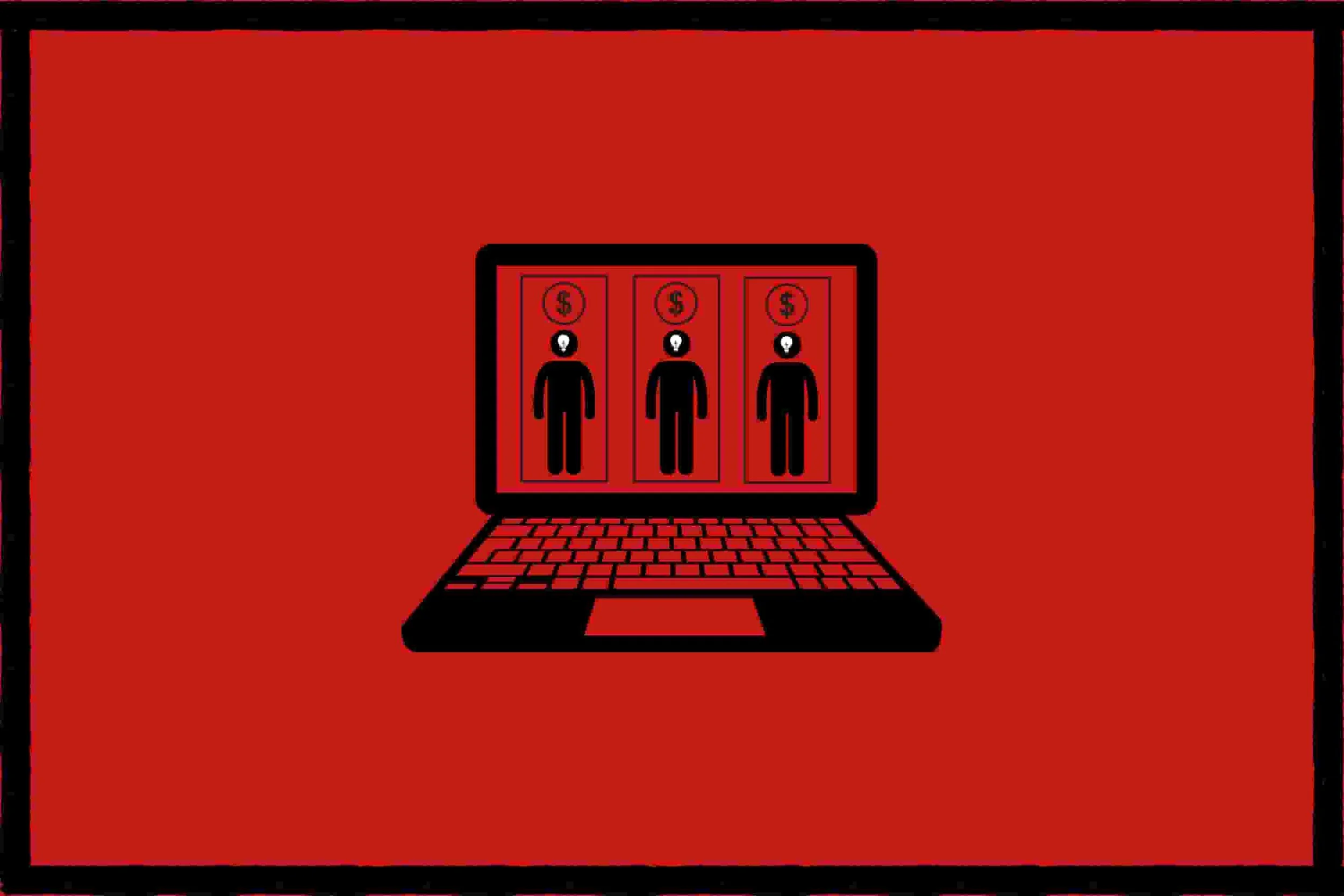Secrets of the Rich: Working In Scalable Professions
If the number of hours you put into your work directly correlates to your output, you will never get rich. You cannot rent out your time to build wealth.
Instead, you must own equity in a scalable profession.
What’s a Scalable Profession?
Nassim Nicholas Taleb, in his book, The Black Swan: The Impact of the Highly Improbable (Incerto), tells us that a scalable profession is one “in which you are not paid by the hour and thus subject to the limitations of the amount of your labor.”
In other words, the input of your labor is disconnected from the output.
Think about it like this – does the amount of work you put in determine the amount of money you can make? If you are on an hourly wage as an employee, then this is a direct correlation, and the answer is yes.
But imagine that you make a YouTube video every week. Media like this is scalable – it’s free to duplicate over and over at no additional cost.
Let’s say it takes you about 5-hours to make that video. Once it’s live, the potential upside of that 5-hour investment is much greater than an hourly wage. Every person with an internet connection can watch your video without any extra effort from you, and you can sit there and get paid with advertising.
That’s a scalable investment that’s asymmetric - the upside is much greater than the downside.
Here’s how Taleb puts it in his book:
Other professions allow you to add zeroes to your output (and your income), if you do well, at little or no extra effort…If you are an idea person, you do not have to work hard, only think intensely. You do the same work whether you produce a hundred units or a thousand.
Scalability Means Your Upside Is Not Limited By The Number Of Hours In The Day.
Dentists make a great living. But they only get paid if they perform a procedure on a patient. And there are only so many procedures a dentist can perform in an 8-12 hour day.
The number of hours in a year caps how much money a dentist can make. Even if they were to work around the clock every day for years, they’d never make more than they can physically earn with their time. Yes, they can charge more, but the hours will always be connected to the output.
In a scalable industry, your output is disconnected from the time you have to put in. My wife is an actor. If she books a movie or TV show, she only needs to give one crushing performance on-camera, and she can add 0’s to her bank account if her work is scaled to a broad enough audience.
This is the idea behind residual payments in television and film. If the performance is distributed wide enough and for long enough, actors become very wealthy with no extra effort on their part.
Scalable Means There’s A Zero Marginal Cost of Reproduction.
Digital media is scalable because it costs nothing to replicate. If there is no cost associated with reproducing or redistributing work, we say the product has zero marginal reproduction costs. If creating another copy is free, your labor remains the same while your views, shares, and income grow.
When I draft an email for my weekly newsletter, I do the same amount of work if I send that email to one person (which was actually the case when I started) as I do now to the 500+ people on my email list.
If Joe Rogan records a podcast episode, he does the same amount of work if one person listens to it or if 100 million people listen to it.
The same is true for YouTube videos, tweets, software products, etc. The cost to reproduce the content is the same for one user as it is with one million users. It costs nothing. No matter how many people consume it, you’ve done the same amount of work.
Here are some scalable activities you could start pursuing:
Blogging
Investing
Writing Digital Books
Creating Digital Products (How-To Guides, Educational Courses, etc.)
Shooting Videos (for YouTube, Instagram, TikTok, etc.)
Coding
Software development
New Fortunes Are Built With New Leverage in Scalable Industries.
Leverage are tools that amplify your efforts. There are four different kinds of leverage:
Capital
Labor
Code
Media
Code and media are the tools of the newly rich, in part because they are scalable and permissionless. Here’s Naval Ravikant from The Almanack of Naval Ravikant:
The new generation’s fortunes are all made through code or media. Joe Rogan making $50 million to $100 million a year from his podcast. You’re going to have PewDiePie. I don’t know how much money he’s rolling in, but he’s bigger than the news. And of course, there’s Jeff Bezos, Mark Zuckerberg, Larry Page, Sergey Brin, Bill Gates, and Steve Jobs. Their wealth is all code-based leverage.
Code leverage is incredibly powerful. For example, Satoshi Nakamoto created the code for Bitcoin and has generated hundreds of billions of dollars in value.
Scalable Industries are Permissionless & Egalitarian.
There are no gatekeepers you have to go through to create media or build software products. They are permissionless and egalitarian. Here’s Naval again:
Coding, writing books, recording podcasts, tweeting, YouTubing—these kinds of things are permissionless. You don’t need anyone’s permission to do them, and that’s why they are very egalitarian. They’re great equalizers of leverage.
Anyone can start creating and distributing content and code today. The only barrier to entry is an internet connection.
In Scalable Professions, It’s Feast Or Famine.
Naval argues that we should be using the internet’s power to scale our niche interests and talents to find an audience and use that to create wealth. These scalable endeavors are asymmetric opportunities - the upside is greater than the downside.
On the other hand, Nassim Nicholas Taleb recommends we stay far, far away from scalable professions. Here’s why:
[They are] only good if you are successful…they are more competitive…and far more random, with huge disparities between efforts and rewards— a few can take a large share of the pie, leaving others out entirely at no fault of their own.
If you understand the Pareto Principle, this isn’t a surprise. Generally, the top 20% of creators receive 80% of the income. But, if you can get into that top 20%, it’s a very lucrative place to be.
The choice is yours.
Special thanks to Emma Cranston for her help in creating this article.
If You Want More Ideas Like This, Follow Me On Twitter And Subscribe To My Newsletter:
—
Taleb, Nassim Nicholas. The Black Swan: Second Edition: The Impact of the Highly Improbable (Incerto) . Random House Publishing Group. Kindle Edition.
Jorgenson, Eric. The Almanack of Naval Ravikant: A Guide to Wealth and Happiness. Magrathea Publishing. Kindle Edition.
Naval’s Podcast: How to Get Rich: Every Episode




